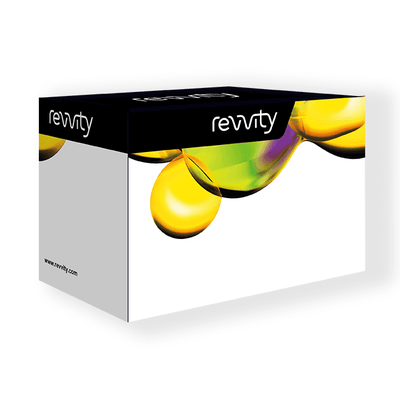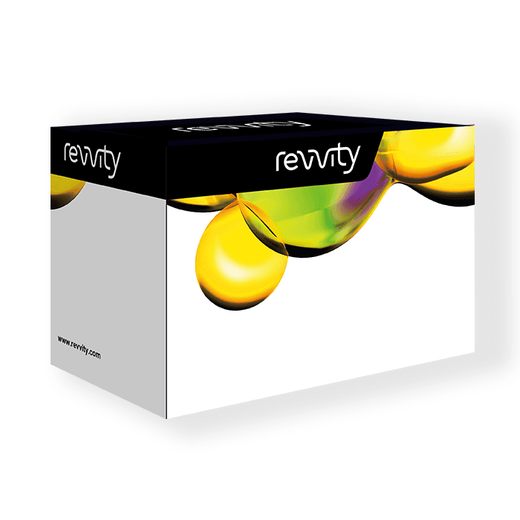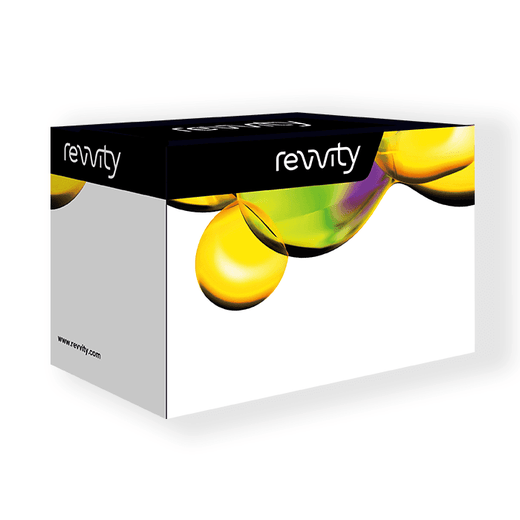

HTRF Viral dsRNA Detection Kit, 500 Assay Points


HTRF Viral dsRNA Detection Kit, 500 Assay Points






Viral Dsrna Detection Kit -100,000 Tests
For research use only. Not for use in diagnostic procedures. All products to be used in accordance with applicable laws and regulations including without limitation, consumption and disposal requirements under European REACH regulations (EC 1907/2006).
| Feature | Specification |
|---|---|
| Application | Protein Quantification |
| Sample Volume | 10 µL |
Viral Dsrna Detection Kit -100,000 Tests
For research use only. Not for use in diagnostic procedures. All products to be used in accordance with applicable laws and regulations including without limitation, consumption and disposal requirements under European REACH regulations (EC 1907/2006).



HTRF Viral dsRNA Detection Kit, 500 Assay Points



HTRF Viral dsRNA Detection Kit, 500 Assay Points



Product information
Overview
Double-stranded RNA (dsRNA) generated during genome replication is a commonality to many viruses. Traditional methods for detecting virus infection have relied on titering virus particles (plaque assay). These methods have proven lengthy, often taking place over several days. This assay detects the presence of dsRNA in cell lysates, a byproduct of viral replication activity, making it possible to obtain same-day results.
Specifications
| Application |
Protein Quantification
|
|---|---|
| Brand |
HTRF
|
| Detection Modality |
HTRF
|
| Product Group |
Kit
|
| Sample Volume |
10 µL
|
| Shipping Conditions |
Shipped in Dry Ice
|
| Target Class |
Nucleic Acid
|
| Technology |
TR-FRET
|
| Therapeutic Area |
Infectious Diseases
|
| Unit Size |
500 Assay Points
|
Video gallery

HTRF Viral dsRNA Detection Kit, 500 Assay Points

HTRF Viral dsRNA Detection Kit, 500 Assay Points

How it works
Assay principle
dsRNA is detected in a sandwich assay format using two antibodies, one labelled with Europium Cryptate (donor) and the second with d2 (acceptor). The detection principle is based on HTRF technology. When the dyes are in close proximity, the excitation of the donor with a light source (laser or flash lamp) triggers a Fluorescence Resonance Energy Transfer (FRET) towards the acceptor, which in turn fluoresces at a specific wavelength (665 nm). The two antibodies bind to the dsRNA present in the sample, thus generating FRET. Signal intensity is proportional to dsRNA concentration.

Assay protocol
The assay protocol, using a 384-well small volume white plate or a Revvity low volume 96 well plate (20 µL final), is described on the right. 10 µL of cell lysates or control are dispensed directly into the detection plate for detection by HTRF reagents. The antibodies labelled with HTRF donor and acceptor can be pre-mixed and added in a single dispensing step to further streamline the assay procedure. The assay can be run in 96- to 384-well plates by simply resizing each addition volume proportionally.

Assay validation
Detection of synthetic dsRNA
The signal was obtained on a range of concentrations of a synthetic dsRNA template diluted in the kit's lysis buffer. The synthetic dsRNA is used to mimic the dsRNA produced upon viral infection and subsequent genome replication.

Resources
Are you looking for resources, click on the resource type to explore further.
Discover the versatility and precision of Homogeneous Time-Resolved Fluorescence (HTRF) technology. Our HTRF portfolio offers a...


How can we help you?
We are here to answer your questions.






























